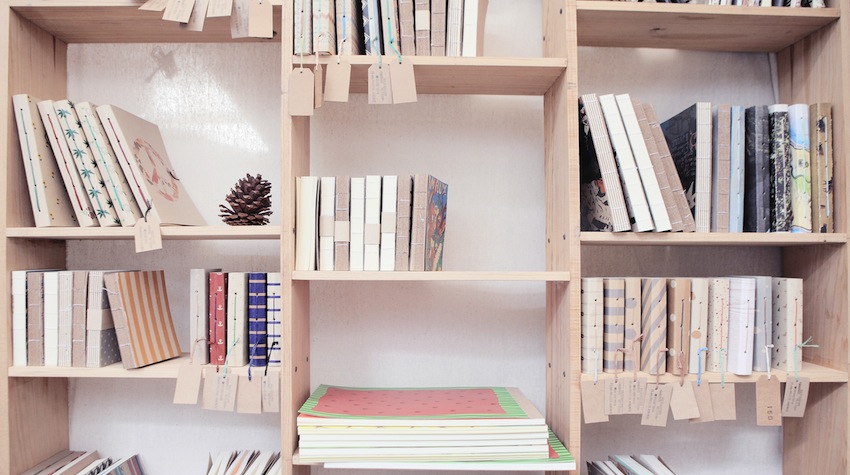In the advent of shoebox condos and tiny townhouses, many Filipinos nowadays are finding themselves settling in in smaller living spaces. This presents a huge design challenge to new homeowners, many of whom are not exactly interior designers by trade, because they need to make some compromises in designing their newly acquired condos, getting organized, and making some adjustments in order to live efficiently.
Indeed, condo living has sort of become a double-edged sword for new homeowners: yes, they were able to snap up a property near their work places, but they also need to deal with the fact that these abodes are space-challenged.
However, with the proper use of color and draperies, smart space planning, and interesting lighting, any small space will feel wonderfully spacious. And here are some tips.
1. Clever Flooring Does the Trick
This may not be always possible (at least immediately), but if you can, lay flooring diagonally to make your space look bigger, no matter if you’re using hardwood, ceramic tiles, or laminate. In addition, using the same type of flooring throughout the home will create an illusion of continuity, which will create a seamless look that ties one room directly into another.
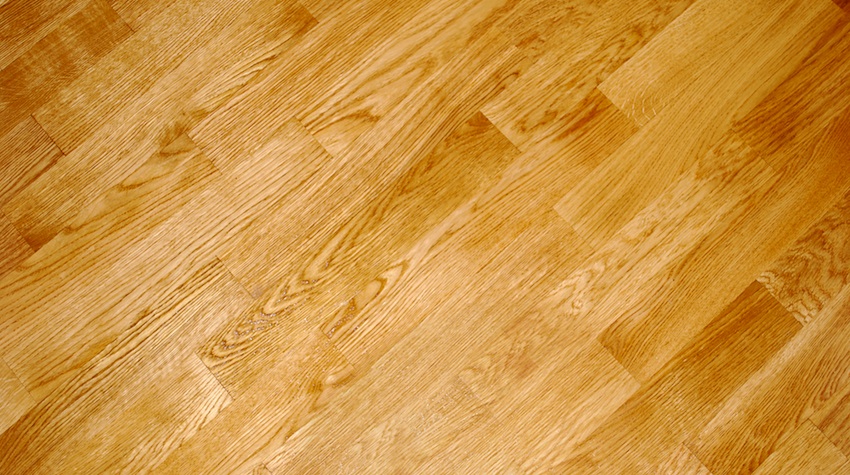
2. Let Light in
If your windows are huge, then let as much natural light as possible, which brighten the room and draws the eye out into the landscape outside.
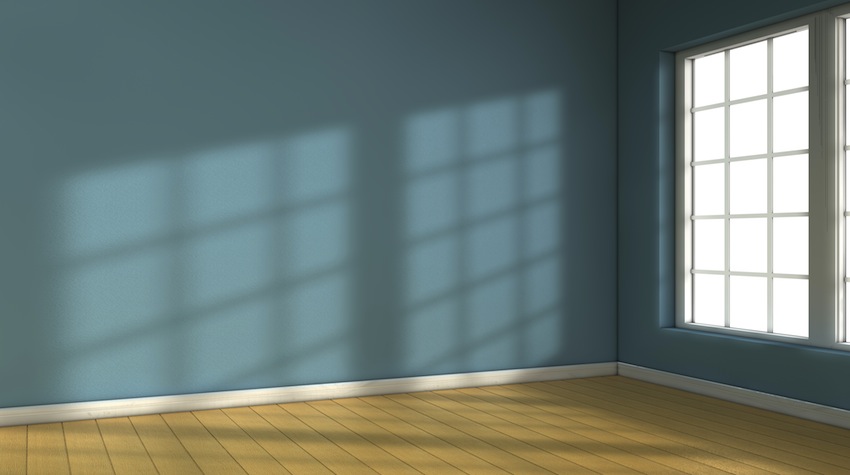
3. Light Colors for Drapes and Walls
When using draperies, try to use the same color as the walls to avoid strong contrast of space. Also make smart use of colors. Light colors or neutrals throughout are clever space expanders and provide a neutral background for framed artworks or furniture. Also, painting the ceiling the same hue as the walls can help erase shadow lines. A white ceiling against a darker wall immediately shrinks a space as your eye can sense the room’s size right away.
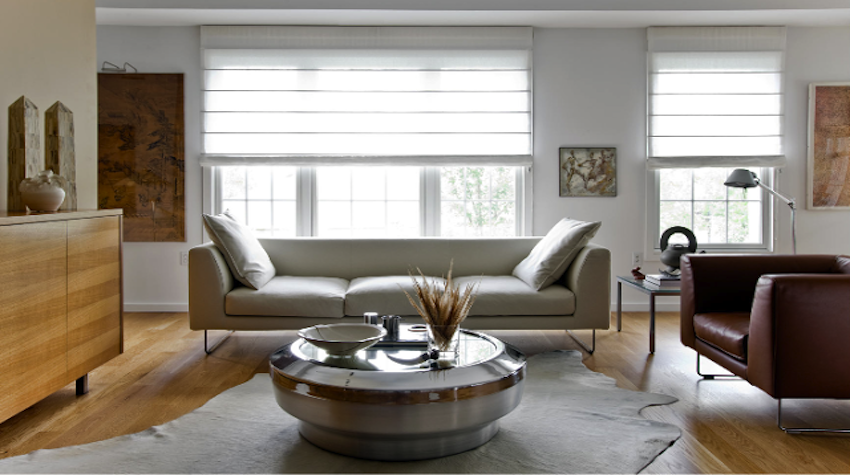
4. Don’t Forget the Spaces Beneath
Sofas and armchairs that are raised on legs create a sense of light and space, which makes them more preferable for small rooms. Also, light-color pieces appear lighter than dark or boxy upholstered ones, so opt for the former.

5. Declutter, Declutter, Declutter
Do not get too attached to pieces you have accumulated through the years. Try to dispose of everything you have not used for a year and get rid of any item of furniture that is either nonfunctional or is not adding to the look of the room. Not only does it make the house look clean and fresh, it makes small rooms look larger.

6. Opt for Multifunctionals
If you have limited space, consider using multifunctional furniture, such as light-colored ottomans, which could be used as coffee tables. Also window seats, armoires, and bookcases with enclosed compartments are a perfect solution for hiding everyday clutter. Folding and stacking pieces of furniture and furniture on wheels can be pushed out of the way when not in use, as a result creating more space when needed.
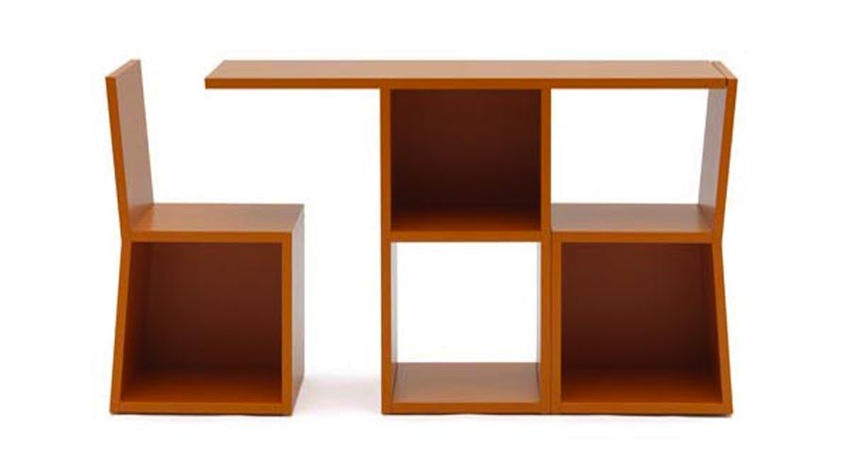
7. Reflect
Installing an oversized mirror or a set of smaller mirrors will add extra light, but they should be used with caution. According to Jeffrey Blum of SixZero6 Design in New York City, mirrors may give the impression of more space, but if the apartment is cluttered to begin with, they reflect every single object that’s already in it. Hence, make sure you carefully decorate and declutter your space before you hang one.
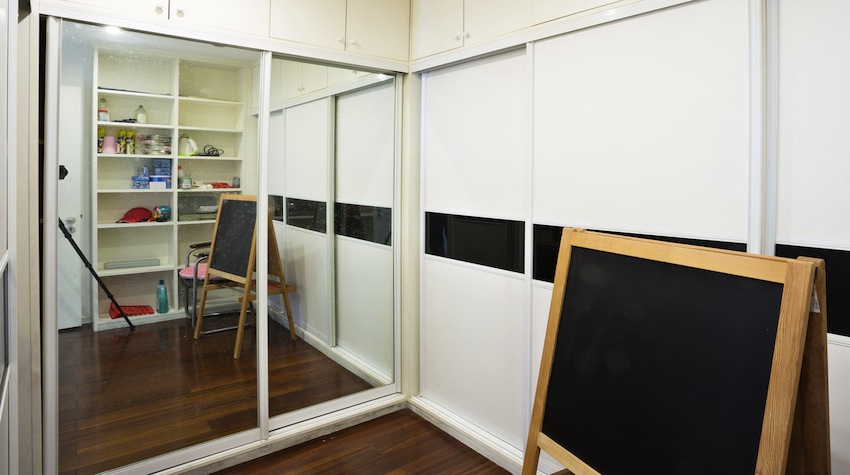
8. Invest in Built-in Bookcases
If you have a fairly huge amount of books and magazines, consider investing in a custom-made floor-to-ceiling bookcase. This trick will create an impressive focal point and visually expand space by pushing the walls and ceiling out. According to James Crisp of Crisp Architects in Millbrook, New York, floor-to-ceiling bookcases provide instant architectural detail and draws the eye upward, and makes the room more inviting. At the same time, bookshelves free up floor space, which can make a room look uncluttered.
